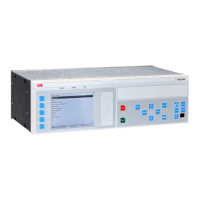Figure 93: Simplified logic diagram for fuse failure supervision function, Main logic
9.2.8 Technical data
Table 160: SDDRFUF technical data
Function Range or value Accuracy
Operate voltage, zero sequence (1-100)% of VBase ± 1.0% of V
n
Operate current, zero sequence (1–100)% of IBase ± 1.0% of I
n
Operate voltage, negative sequence (1–100)% of VBase ± 0.5% of V
n
Operate current, negative sequence (1–100)% of IBase ± 1.0% of I
n
Operate voltage change pickup (1–100)% of VBase ± 5.0% of V
n
Operate current change pickup (1–100)% of IBase ± 5.0% of I
n
Operate phase voltage (1-100)% of VBase ± 0.5% of V
n
Operate phase current (1-100)% of IBase ± 1.0% of I
n
Operate phase dead line voltage (1-100)% of VBase ± 0.5% of V
n
Operate phase dead line current (1-100)% of IBase ± 1.0% of I
n
9.3 Breaker close/trip circuit monitoring TCSSCBR
9.3.1 Identification
Function description
IEC 61850
identification
IEC 60617
identification
ANSI/IEEE C37.2
device number
Breaker close/trip circuit monitoring TCSSCBR - -
9.3.2 Functionality
The trip circuit supervision function TCSSCBR is designed to supervise the control circuit
of the circuit breaker. The trip circuit supervision generates a current of approximately 1
mA through the supervised control circuit. The validity supervision of a control circuit is
provided for power output contacts T1, T2 and T3.
The function picks up and trips when TCSSCBR detects a trip circuit failure. The trip time
characteristic for the function is of definite time (DT) type. The function trips after a
predefined operating time and resets when the fault disappears.
Section 9 1MRK 511 287-UUS A
Secondary system supervision
218
Technical manual

